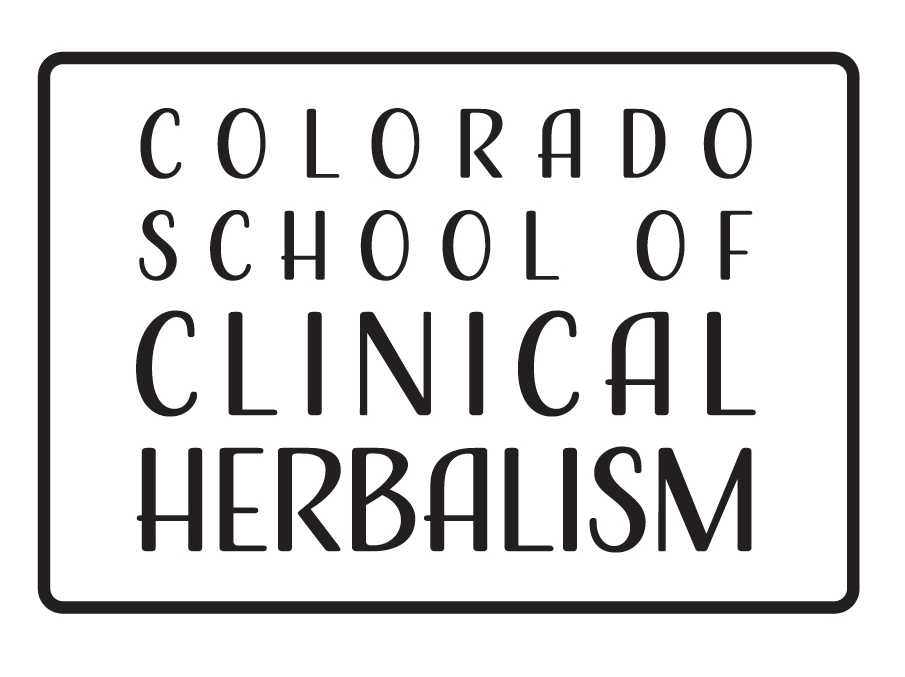
Yarrow (Achillea millefolium) has been used as a primary medicinal herb for thousands of years, and was known as Herba militaris in classical times because of its ability to stop bleeding on the battlefield. Yarrow has a long history of use in many cultures around the world including those of Scandinavia, Asia and Europe.
The mythological history of Yarrow is fascinating; its Latin name comes from Achilles, the legendary Greek warrior, who used Yarrow to heal his soldiers who were wounded in battle. According to herbal legend, Chiron the centaur taught Achilles how to use the herb, which was said to have grown from the rust on his spear. Yarrow is also associated with Aphrodite, Hermes, and the European Horned God. However, this is not the earliest appearance of Yarrow in history, as it was even found (along with other medicinal plants) in a grave at a Neanderthal burial ground.
Yarrow was used in many traditions, and has many different meanings. In the Victorian language of flowers, Yarrow can represent both war and healing. This herb has been used in magical traditions for contacting or seeking out a specific person and in divination and love spells. An ancient Asian saying states that “Wherever Yarrow grows, one need not fear wild beasts or poisonous plants.” The I Ching even uses Yarrow stalks in its ritual.
Yarrow has many medicinal uses in contemporary herbalism. It can be taken internally as a mildly bitter aromatic tea to stimulate digestion. Yarrow can also be applied externally to help with different kinds of inflammatory skin conditions. In addition, the tonic/astringent action of Yarrow supports a normal menstrual cycle by helping reduce excess bleeding and easing menstrual cramps.
Due to the polycrest nature of this herb (polycrest herbs have many different actions), it is among the ones I use most often in my practice. I also like to work with the energetics of Yarrow because it is known to help with setting boundaries – a property shared by both the herb and its flower essence. This herb has a very personal connection to my heart, as it is the first herb I worked with for self-healing; it has shown me my fears and where my boundaries lie.
Come learn about the history of this amazing plant! Meet a new plant ally, and learn how to use it in many different ways at the Colorado School of Clinical Herbalism.
Sources
Hunter, Candace. “Yarrow Myth, History, Folklore, and Magic – The Practical Herbalist.” The Practical Herbalist. 20 June 2010. Web. 13 Dec. 2015
Hunter, Candace. “Yarrow Myth, History, Folklore, and Magic – The Practical Herbalist.” The Practical Herbalist. 20 June 2010. Web. 13 Dec. 2015.
Hunter, Candace. “Yarrow Myth, History, Folklore, and Magic – The Practical Herbalist.” The Practical Herbalist. 20 June 2010. Web. 13 Dec. 2015.
